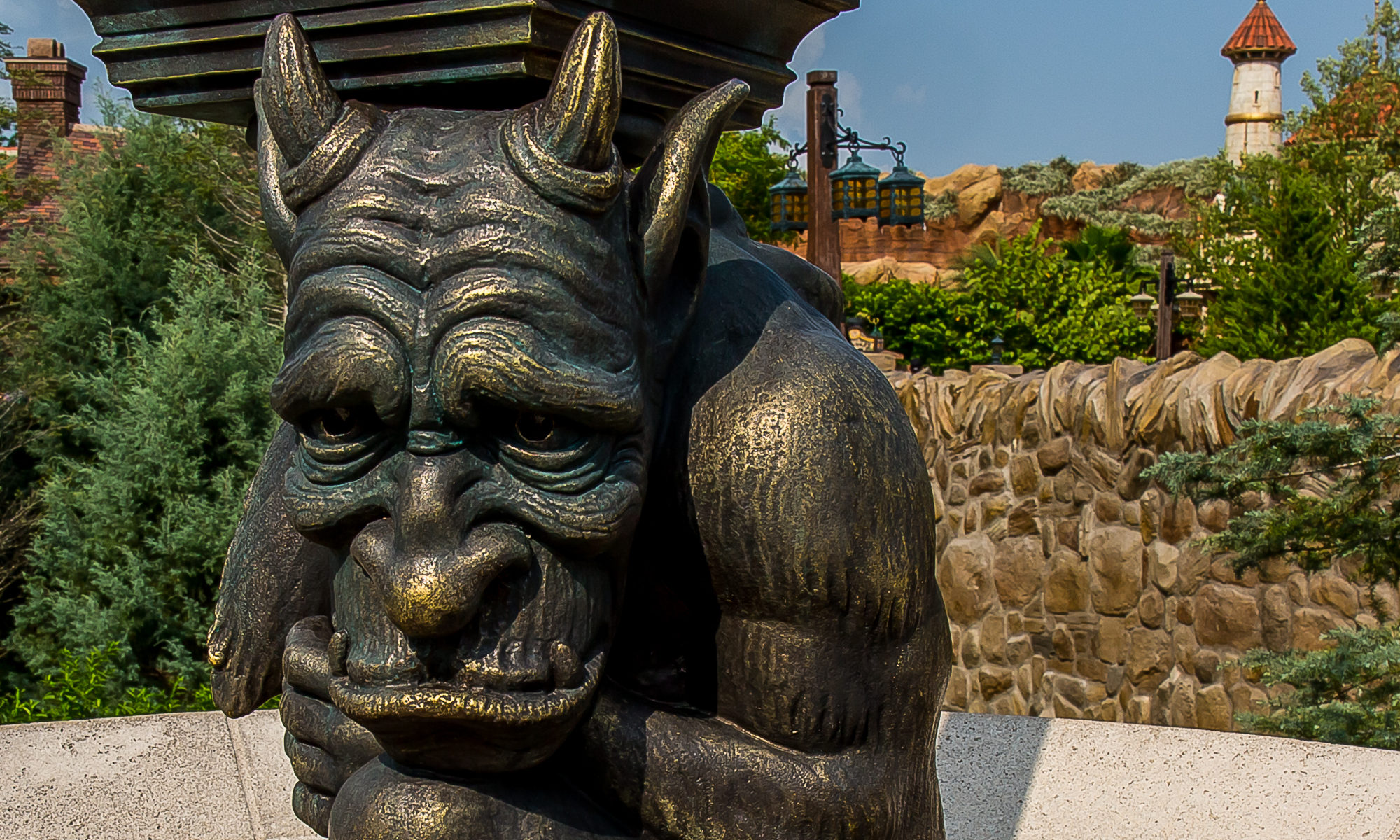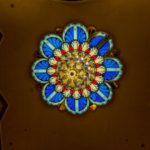Rolling into 2020 after a busy and somewhat chaotic six months I’m looking to get back on track with VR coding in Unity.
Blender
First step (although likely still mixed with other things) will be to get up to speed with Blender 2.8. I’ve bought the previous two editions of The Complete Guide to Blender Graphics (one in paper, one in Kindle) and not found the time to run through them before a new edition was published.
With blender 2.8, the UI has allegedly been completely reworked. At this point I’m going to put off laying down cash for the version of that book that covers this version of Blender and first go through a beginners tutorial to make sure I’m decently on my way before spending a big chunk of cash.
Hoping this goes well as I’d like to be able to create more interesting items than my current simple shapes to populate my VR creations.
Cluster
My first goal in the Blender work will be to put together models for my stargates. I’ve got my star cluster in place. I’ve got some usable ship models (though these could use significant work to make them more visually interesting).
I could use some sound samples for interaction feedback. I have minor haptic feedback when a star is selected with the control wand but a ‘bump’ noise would be welcome as well. I need to dig up my little digital recorder and figure out the APIs in Unity for this stuff.
I need to add in star name labels and other related display bits. Ideally these would float above each star and face the viewer/camera regardless of their position. I’ve got public-domain name lists of star names to use so I should be able to do better than just ‘star’ above each one.
I’d like to fully implement a ‘select’ system where the last star that was ‘wanded’ shows its full system information on a hanging display monitor to one side of the main play area. This could then be extended to support setting up unit orders for movement and such.
Adding in planet generation should round out the environment management.
Then I’ll need:
- Cluster state save games.
- Ship entry.
- Fleet movement orders.
- Assignment of ships to a fleet.
- One admiral for each fleet.
- Exploration to reveal the system information once ships have arrived.
- …and more…
Unity
Clearly I have much more to learn about using Unity for game development. There are probably additional tools that I should be considering as well.
No particular areas of focus within unity at the moment, but I expect that once I get back to doing some coding there, I’ll find plenty of things to dig into.
VR
I’ve got my HTC Vive set up back in the front basement (had moved it up to my home office but there really isn’t enough room there). We’ve doing a clean-up pass through the basement so there should be yet more space down there in the near future.
I’m expecting to get the motion capture cameras set up again soon as well. Not sure when as I’m going to try to stay a bit more focused on blender and unity in the immediate future.
I’m still tempted by new headsets but so far I haven’t seen anything that is sufficiently exciting to throw money at. If I picked up a second one I’d probably put one upstairs and one in the basement to facilitate development work.
The closest something has come to getting my attention was the HTC Cosmos with its inside-out tracking and new controllers. I’m still a bit tempted as the convenience of a headset without external trackers would be nice. The fact that they’re suggesting that they may add support for outside-in tracking to improve precision has kept me on the side-lines so far.
If they add support (a new face-plate has been suggested) so that this head-set can do both with the better display panel it already has then I might go for it.
3D Printing
I’m still on the side-lines with 3D printing. It is an interesting technology but I don’t have enough need and I’m swamped with things I want to get done as is. I still might consider a pre-built machine at some point (particularly if the basement work bench gets cleared enough to be usable) but it is likely low on my list.
In truth, I suspect that a laser cutter would be more immediately interesting than a 3D printer. The big problem on that front is that a decent laser cutter is much more expensive than a decent 3D printer.
Wargames
I’ve been walking through my game collection to gather ideas and inspiration as I go. There are quite a few concepts that would be worth bringing over from board wargaming into complex computer games.
One challenge I see for turn based strategic games is that many of the board game designs have interactive resolution steps within a turn. This works well when you’re standing across the table from your opponent and the two of you can interact as things get resolved. This does not work if you’re trying to run something turn based where the participants aren’t expected to be online at the same time.
I’m looking at mechanics where the fine-grained actions are either carried out by a mechanic (commanders or similar where you have a number of choices and each commander has a profile) or where they’re abstracted into a larger mechanic. On balance, there’s no reason that a strategic commander should have any input into the ebb and flow of one battle or a local commander be involved in the decisions that a platoon leader makes.


